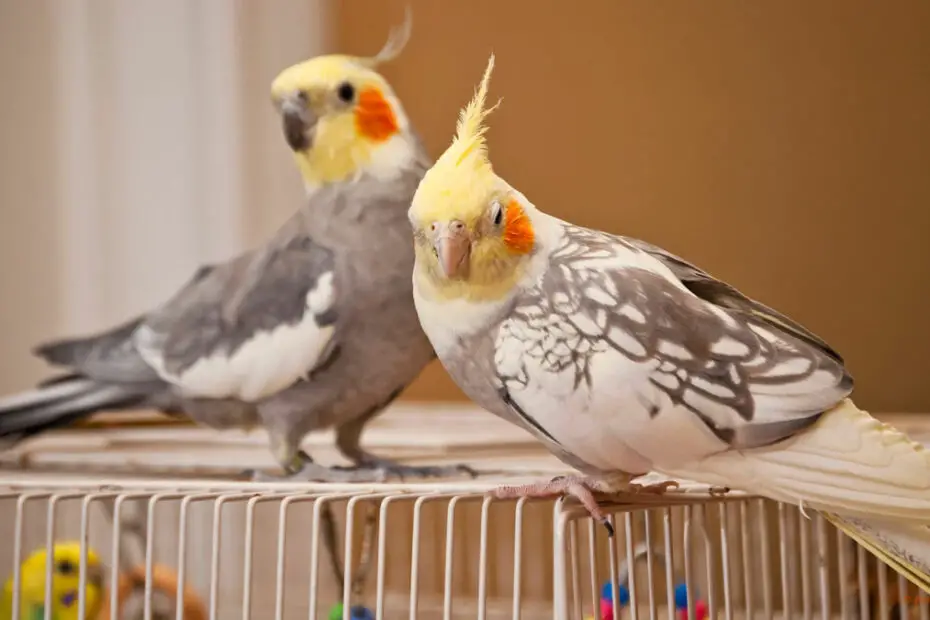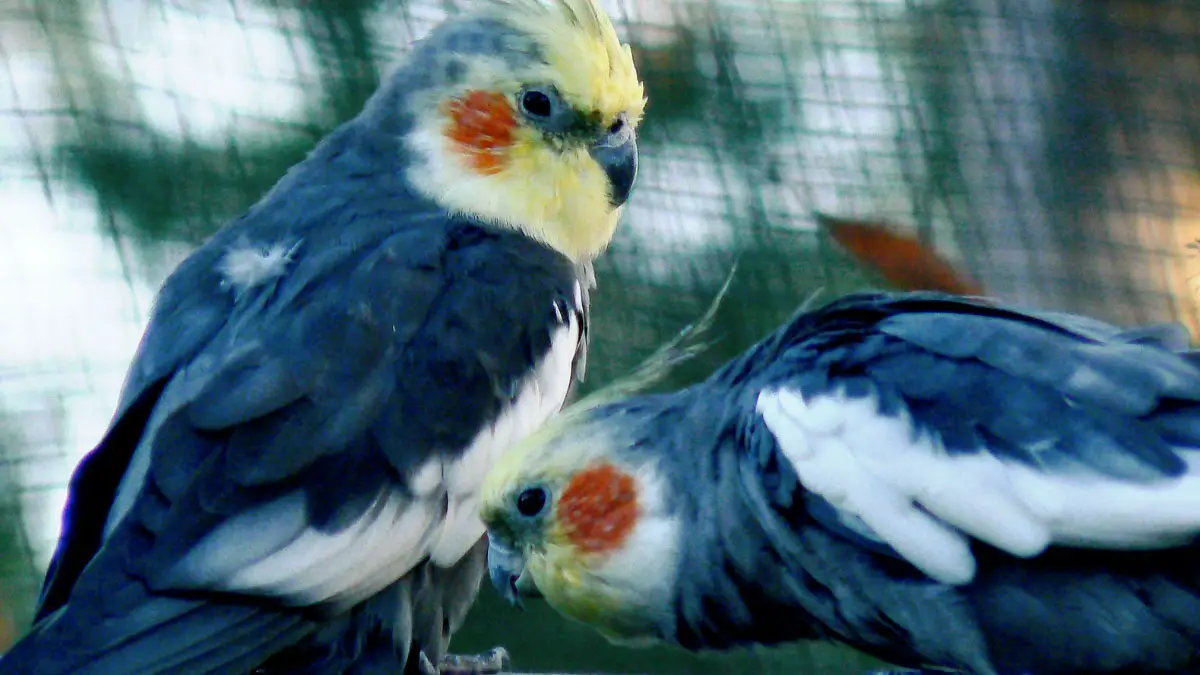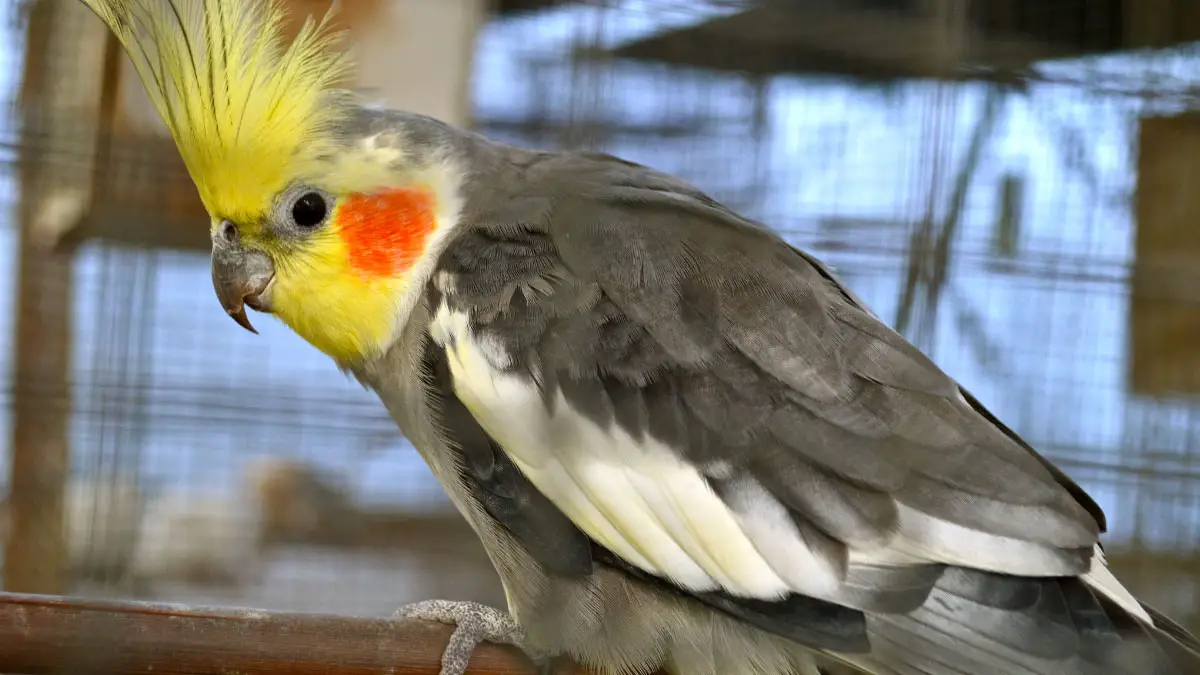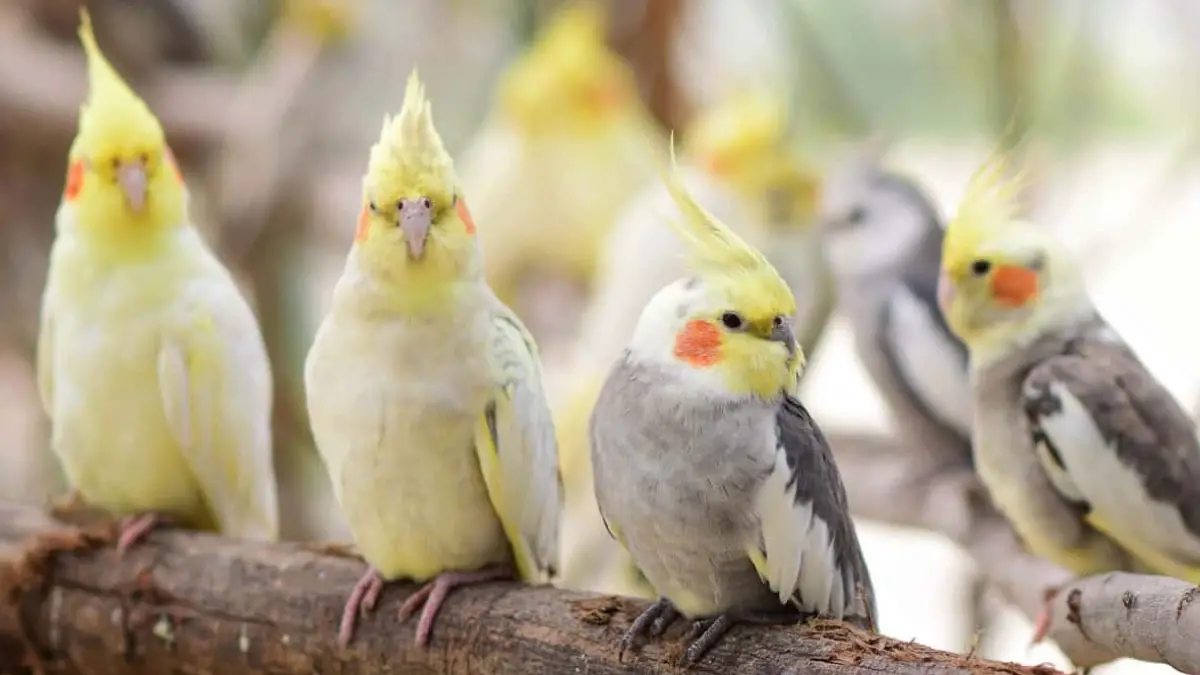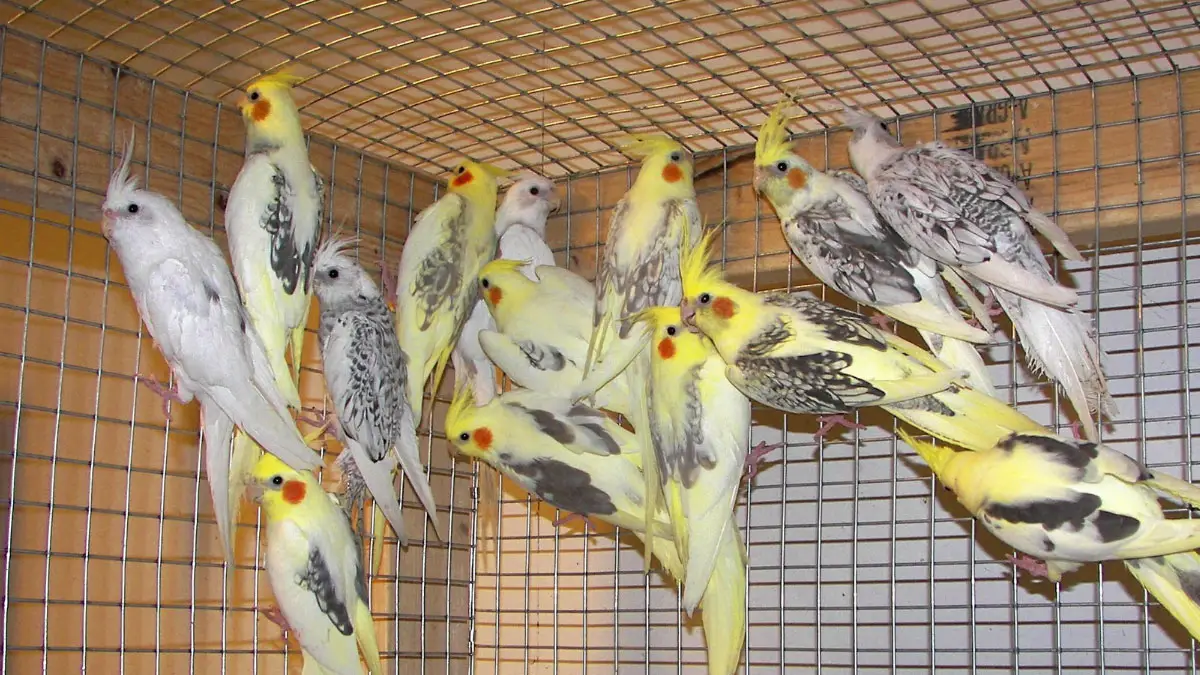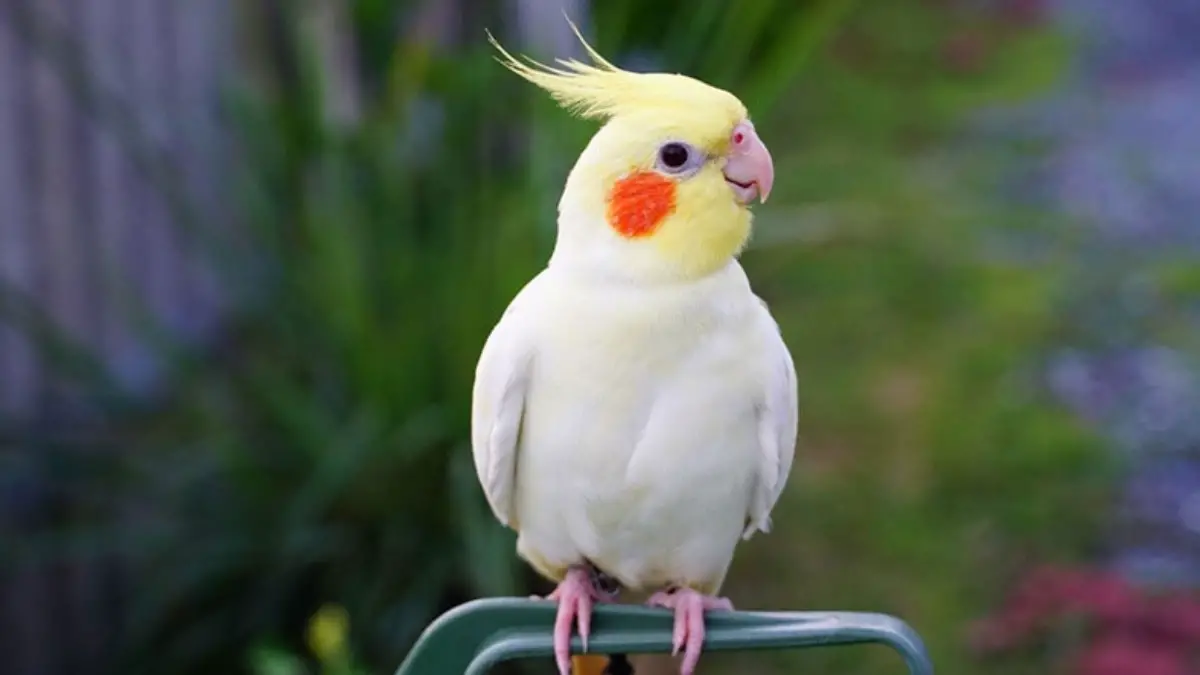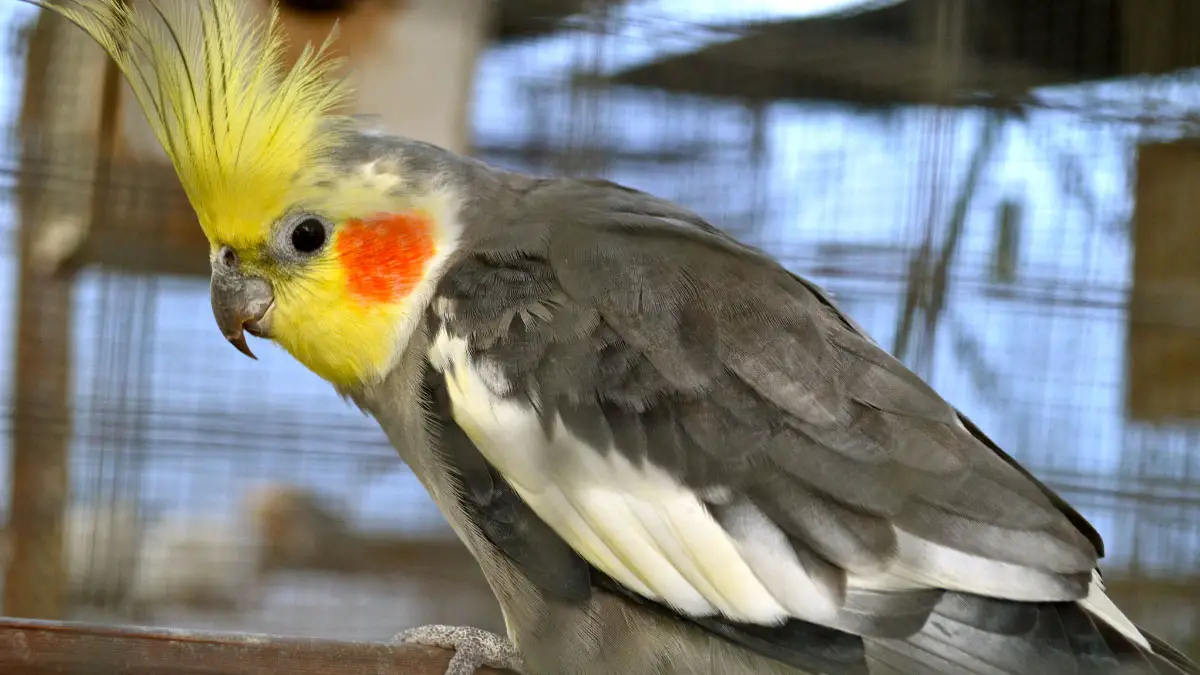If you plan to introduce a new bird to an existing flock, proper preparation and safety measures are critical. It is not only important for their health but also their overall well-being. After all, birds differ in personalities and behaviors.
Besides, without the right preparation, several introduction-related issues may arise, like aggression and rejection. The good news? Understanding bird behavior and its socialization needs can help you prepare and address most problems effortlessly as they occur.
For instance, when you understand that one of the birds is aggressive, you will know how to stop the behavior. This could be through various cockatiel socialization methods like taking them for a walk.
But how do you introduce a new cockatiel to your existing birds? You should start by choosing birds with compatible personalities and behaviors. Then, prepare the cockatiels for introduction by quarantining the new bird, getting it checked by a vet, and offer environmental enrichment.
Now, read our guide to learn how to manage bird behavior during the introduction and address possible introduction issues that may emerge. This guide also covers tips for choosing the right bird and managing differences in the bird’s behavior and preferences.
Choosing The Right Birds
The process of introducing a new cockatiel to an existing flock requires careful planning. Below we will look at the factors to consider.
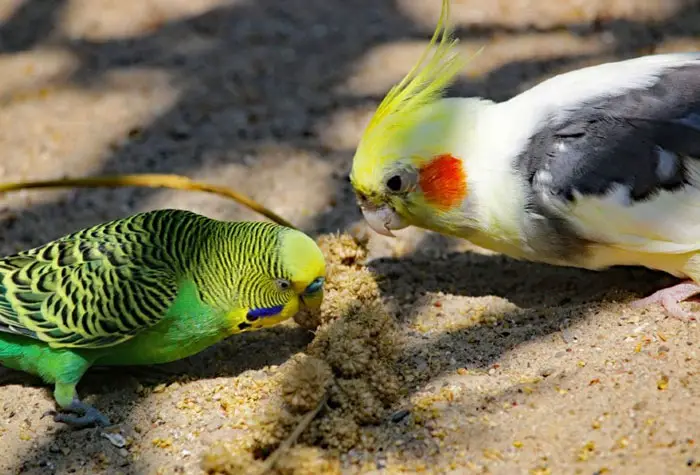
Age
Generally, the existing birds may be more willing to accept a younger bird into their flock than an older one. This is because cockatiels are very territorial. So, the existing birds may be reluctant to accept older birds for fear that they might take everything from them.
Sex
Typically, cockatiels of the same sex quickly get along with each other. Therefore, if your existing flock is all male, you should avoid bringing in female birds. Doing so could cause fighting and territorial issues unless you want to breed them.
Temperament
Cockatiels’ temperaments may differ depending on how they have been brought up. For example, some cockatiels may show more aggressive behavior than others. So, you must consider the temperament or personality of the new and existing birds, ensuring they are compatible.
How To Choose Birds With Compatible Personalities and Behavior?
Bird compatibility is critical in ensuring your cockatiels live together harmoniously. So, choosing birds with compatible personalities and behavior is essential, and here is how to do it.
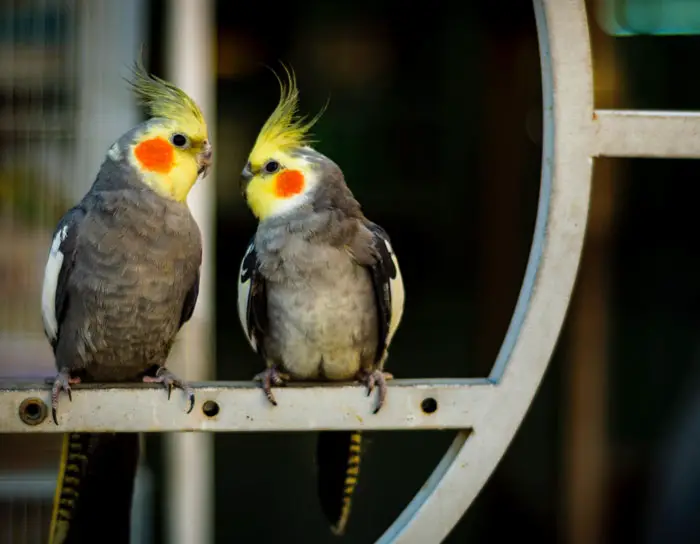
First, you must consider the gender of the birds. This is because male cockatiels are typically more aggressive than their female counterparts and may lack compatible personalities.
Also, you may want to consider their age. This is because younger birds may be more adaptable to other birds and new environments than their older counterparts.
How To Manage Differences in Behavior and Preferences?
If your birds have different behaviors and preferences, you could provide them with plenty of toys to distract them. Also, keeping them in separate bird cages could help. This way, each bird has its territory. However, the most important thing is to monitor their behavior closely and intervene only when necessary.
How To Prepare Your Birds for Introduction?
Before introducing new birds to the existing flock, there are several things you must do to prepare them. These include:
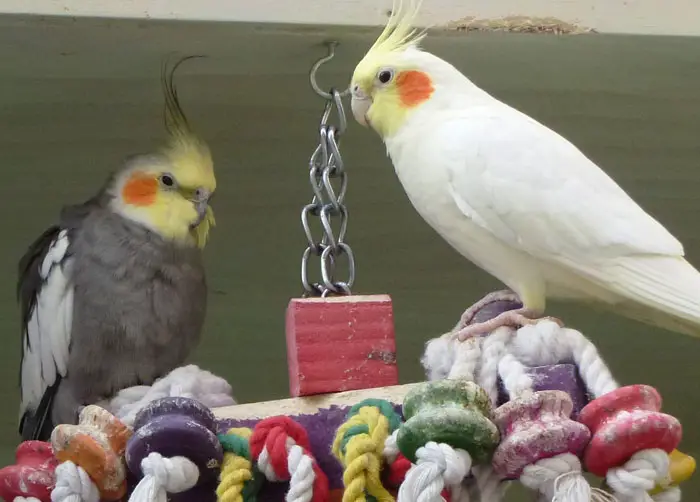
Quarantine
First, you must quarantine the new bird for around 30 days. This helps reduce the risk of your new bird passing a contagious disease to the existing flock.
Health Checks
After the quarantine, you should take your new bird to see the vet. The vet will run several tests to ensure your bird is free from any illness.
Environmental Enrichment
Additionally, you should allow your new bird to express its natural behavior. For example, you could add large tree branches in their cage. You could also provide toys to encourage foraging behavior like in the wild.
How To Establish a Consistent and Safe Introduction Protocol & Monitor Your Bird’s Behavior During and After Introduction
First, you should do the introduction gradually, making sure the new bird stays in a separate cage. And after a few weeks, you can move the bird’s cage closer to the cage of the existing birds. Over time, you can let all the cockatiels out of their cages and let them play together in a neutral room.
However, the most important thing is to monitor your new bird’s behavior. You can do this by looking out for any signs of aggression, stress, ruffling of feathers, and excessive vocalization during the introduction. After the introduction, watch out for signs of acceptance, like feeding from the same bowl and head preening each other.
Managing Bird Behavior During Introduction
Below we will discuss the common behavior issues that may arise during bird introduction. They include:
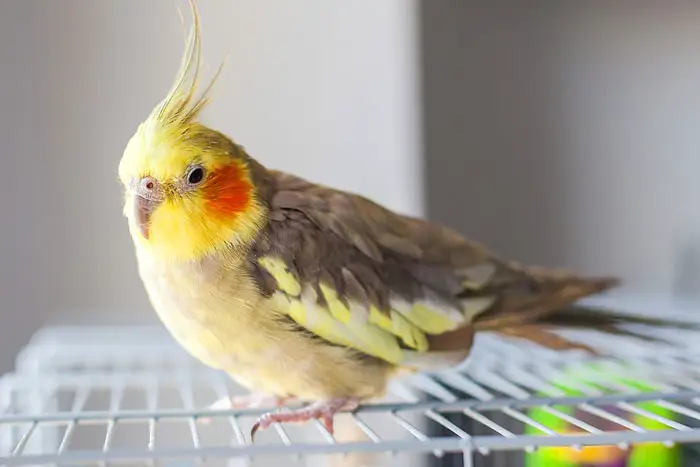
Aggression
The existing birds may be aggressive to the new bird and vice versa. These birds may show aggressive behavior like screaming and biting, especially for fear of being in a new environment.
Territorial Behavior
If the existing birds are not happy with the new bird, they may exhibit territorial behavior issues. This occurs, especially when the cockatiels feel the cage is too small and the toys are not enough for all the birds.
Bonding
If the birds become bonded, you will see them grooming and even snuggling with each other. They will also eat and play together.
How To Manage These Behavior Issues?
One of the best ways to manage behavioral issues is through environmental enrichment. This may include providing various perches and stimulating activities like foraging for food.
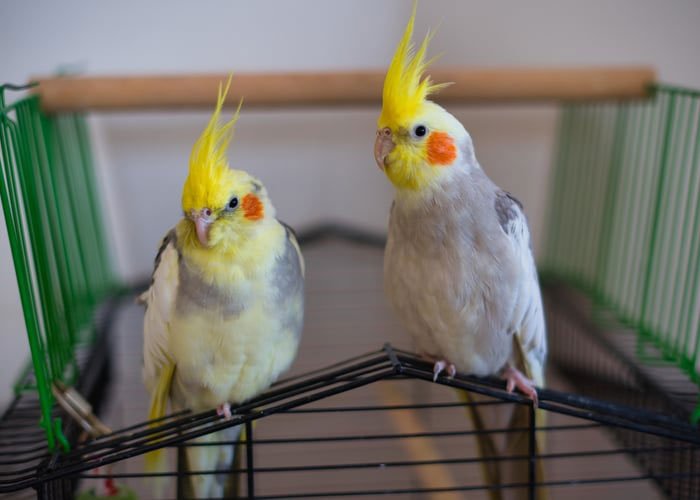
Bird socialization techniques or opportunities like taking the cockatiels outside for supervised flights or walks may also help you manage their aggressive behavior. This is because cockatiels are generally social birds. Additionally, appropriate handling of these birds, like speaking to them in a calm voice, could help manage their behavioral issues.
Alternatively, you could try training your cockatiels in the appropriate behavior. For example, you can teach them how to respond to commands. However, training works best when you incorporate positive reinforcement.
How To Monitor Your Bird’s Behavior During Introduction and Address Health or Safety Issues That Arise
Start by looking for any signs of bird bonding behavior like preening or grooming each other. If there are none, watch for signs of aggression like wing flapping, biting, or hissing. Also, listen to any squawks or screech sounds that they often make when angry.
Moreover, you must watch out for signs of stress like reduced appetite, self-mutilation, and feather plucking.
However, if any bird health issues arise during the introduction, you should consult a veterinarian for advice and help. You will also need to separate the birds from each other and quarantine them. In the case of safety issues, you will need to monitor the birds regularly.
Addressing Common Introduction Issues
During the introduction of a new bird to your existing cockatiels, several issues may arise. Examples of these issues are:
Health Problems
If the birds are not quarantined for at least 30 days, they may spread diseases to each other. Also, they could experience health issues due to poor nutrition and even depression or stress.
Fighting
When the cockatiels are of different species and breeds, they may not get along. For example, the gray and yellowface breeds. As such, they may fight because each bird feels threatened by the presence of the other. However, sometimes even well-bonded birds may fight.
Rejection
It is very normal for the new bird to be rejected by the existing flock. In most cases, this issue only lasts for a while until the birds are bonded.
Weight Loss
Due to the stress of being in a new environment or having a new member in the family, the birds may become stressed. Consequently, they may experience loss of appetite, leading to weight loss issues.
How To Prevent and Address Common Introduction Issues
Addressing introduction issues in pet birds as they arise is critical in ensuring the well-being of your cockatiels. You can do it through:
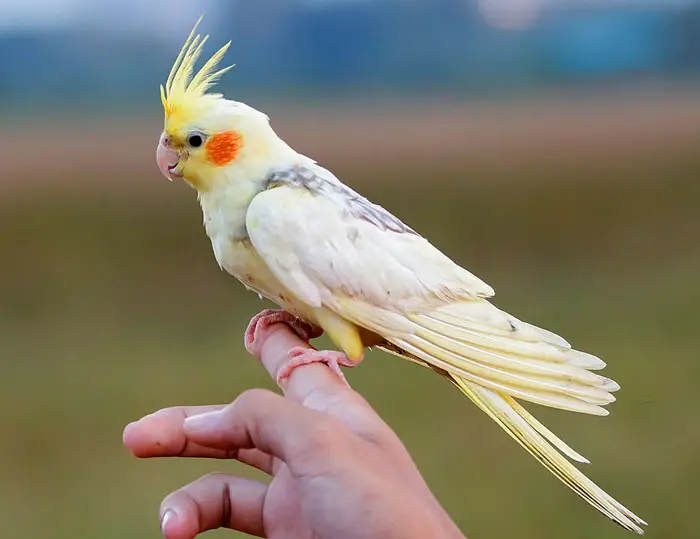
Appropriate Feeding and Watering
This technique can work for weight loss and health issues caused by poor nutrition. Appropriate feeding and watering will prevent your birds from becoming malnourished and prone to illnesses.
Environmental Control
This involves providing your birds with a clean and healthy environment. This technique also includes offering the appropriate bird accessories like perches to keep them entertained and prevent fighting issues.
Medical Care
If health issues arise, you can address them through bird health management. This includes regular vet check-ups and vaccinations to protect them from diseases like polyomavirus and parrot bornaviruses. The management may also include appropriate housing and parasite control.
How To Address Common Behavioral Issues Related to Introduction?
If your birds have behavioral issues such as loss of appetite, try giving them their favorite treats and foods. Also, ensure the birds have access to fresh water. And if these pet care tips don’t work, you should consult an avian veterinarian to rule out any underlying health conditions.
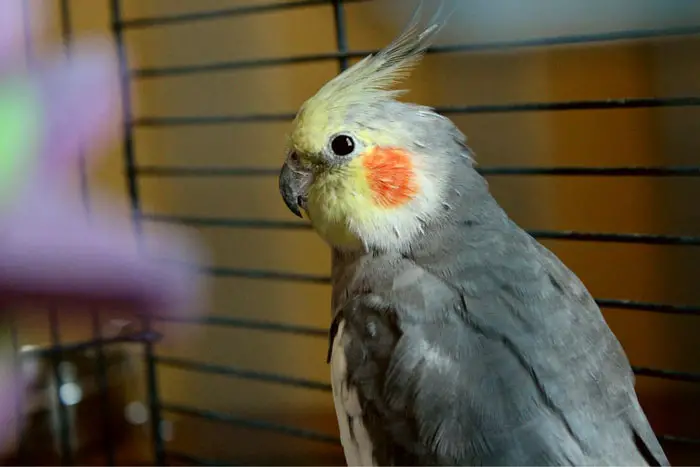
However, when the behavior issues are related to depression, offer your birds plenty of enrichment activities, toys, and perches. Also, ensure they get enough time to play outside the cage every day and spend more time with other birds. And if this does not work, consult an avian vet.
FAQs
Before we conclude, check out these commonly asked queries regarding cockatiel introduction tips.
Yes. You can introduce cockatiels to other similar-sized bird species like the budgies. However, there is the risk of disease transmission and aggression between the birds. The benefits include increased companionship, attention, and stimulation since cockatiels are social birds.
Yes. However, there are safety concerns like the dog or cat accidentally injuring the birds. Also, the birds may become overly aggressive if they feel threatened by the pets.
Certainly. But because of their different personalities, you should always start with quarantining the new birds. Also, you should conduct the introduction gradually to allow maximum cockatiel socialization. More importantly, you should monitor the birds closely and provide plenty of toys.
Yes. However, you must consider factors like the temperament and the size of the birds. For example, if one of the birds has aggressive behavior, you should keep it separate from the rest.
You can offer your cockatiels a variety of toys, including perches and a play stand to keep them engaged and entertained. Also, you could take the birds out for a walk and spend as much time as possible playing together.
Conclusion
When preparing for bird introduction, one of the most important things is choosing the right birds. Such birds should have compatible behavior and personalities. Additionally, you must know how to manage their behavior during introduction because several issues like aggression may arise.
More importantly, you should know how to prevent and address the various introduction issues that may arise like rejection and fighting. This is because, without the appropriate preparation and safety measures in place, the health and well-being of your birds could be compromised. For instance, your birds could transmit diseases to each other or become depressed.
Now, all things considered, we highly encourage further reading about the introduction of cockatiels and their compatibility. This is especially important if you are thinking of increasing your existing flock or are a bird enthusiast.
